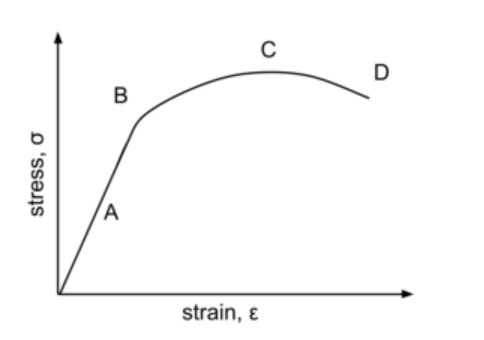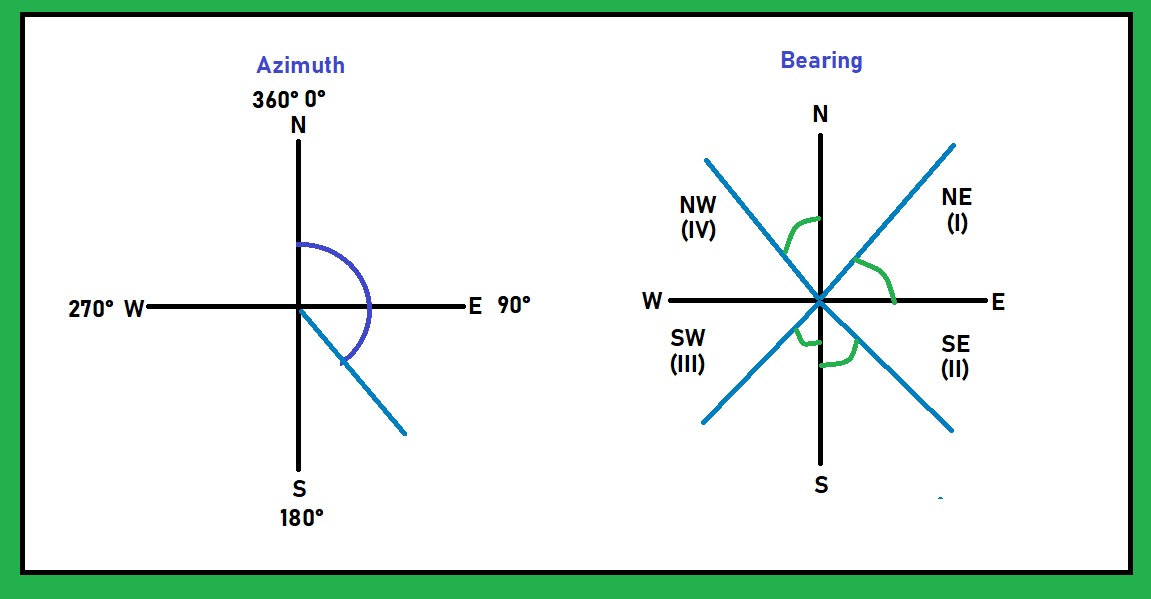FE Civil Exam
1/13
Earn XP
Description and Tags
2025 FE Civil conceptual questions
Name | Mastery | Learn | Test | Matching | Spaced |
|---|
No study sessions yet.
14 Terms
Under which typical shallow foundation scenario would a mat foundation be chosen over footings? Select all that apply.
a) There are too many footing structures on the site chosen
b) Loads are too heavy for footings but too light to merit deep foundations chosen
c) Foundation depth is below water table
d) Large uplift forces
e) More competent soils at deeper depths
a) There are too many footing structures on the site chosen
b) Loads are too heavy for footings but too light to merit deep foundations chosen
c) Foundation depth is below water table
d) Large uplift forces
Which of the following statements best describes hot mix asphalt mix design?a) Mostly a function of asphalt binder and fly ash
b) Mostly a function of fly ash and aggregate
c) Mostly a function of asphalt binder and aggregate chosen
d) Mostly a function of Portland cement, asphalt binder, and aggregate
c) Mostly a function of asphalt binder and aggregate chosen
Select all that apply. What is true of material corrosion for metals?
a) There must be an anode and a cathode in electrical contact in the presence of an electrolyte.
b) It can't be prevented.
c) It reduces the strength of the material.
a) There must be an anode and a cathode in electrical contact in the presence of an electrolyte.
c) It reduces the strength of the material.

In the stress-strain diagram, select all that region A describes.
a) elastic behavior
b) Young’s modulus
c) ultimate strength
d) Necking behavior
e) plastic behavior
a) elastic behavior
b) Young’s modulus
To find the total stress for an object under shear and torsion stresses, you find the superposition of the two.
a) True
b) False
a) True
In the absence of seepage, slope stability for coarse-grained soils is mostly a function of:
a) friction angle
b) unit weight
c) hydraulic conductivity
a) friction angle
Select all that apply. Which of the following is a shallow foundation type?
a) Piles
b) Drilled shafts
c) Mats
d) Continuous footings
e) Spread footings
c) Mats
d) Continuous footings
e) Spread footings
Statically Determinate
A simple structure such as a beam (not a truss!) can be classified as statically determinate when the number of reaction forces is equal to or less than the number of equilibrium equations available.
c=number of condition equations
For hinges: c=n−1.. where n is the number of members connected by the hinge.
For rollers: c=2(n−1).. where n is the number of members connected by the roller.
Select all the datums that are commonly used to obtain latitude and longitude coordinates in North America.
a) NAD 27
b) NAD 83
c) GIS
a) NAD 27
b) NAD 83

memorize this
remember on the test where the azimuth and bearing angle is measured from
Which of the following statements best describes the primary use of weirs?
a) Weirs are used for measuring water temperature.
b) Weirs are used for measuring hydrostatic forces.
c) Weirs are used for measuring fluid velocity at different depths.
d) Weirs are used for measuring flow rates through open channels.
d) Weirs are used for measuring flow rates through open channels.
A flow's Froude number is commonly used for determining whether a flow is laminar or turbulent flow.
a) True
b) False
b) False
Froude number is more commonly used to classify open channel flows as supercritical, subcritical, or critical flow i.e. a measure of how fast water is moving relative to how fast it could move given the channel dimensions. The Reynolds number is most commonly used to classify a flow as laminar or turbulent flow i.e. how agitated/smooth a fluid is moving through a conduit.